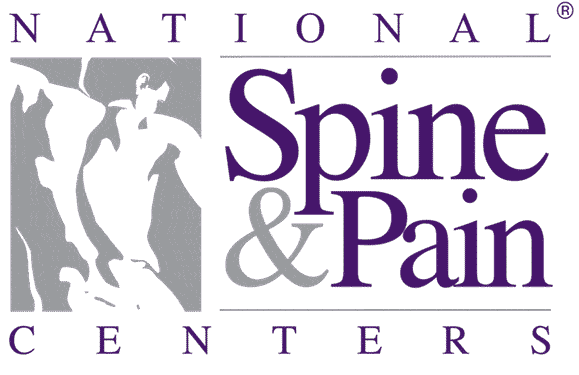[youtube id=”bxN9BcfgBYQ” width=”600″ height=”350″]
The Sacroiliac (SI joint) is where the spine attaches to the pelvis in the lower part of the back. While not moving much (only about 3 degrees), the motion of this joint is very important for communication between the back and the pelvis when we walk or transition from sitting to standing. The joint absorbs all the forces of the upper body before balancing and transferring the weight to the hips and legs.
The SI joint can be twisted in a fall, or the pelvis can expand during a pregnancy and never return to the proper position. The result is that the ligaments are stretched, and lose some of their elasticity (similar to an overstretched rubber band). The SI joint will then over-rotate and potentially lock in one position. It changes the mechanics of the entire back, causing severe pain. The sacrum, which is part of the SI joint, attaches to the L5S1 disc just above it. If the sacrum is not functioning properly, it adds additional load on the disc connected to it, potentially causing a tear in the disc. The result is chronic pain when bending, twisting, getting up and down, and lifting heavy objects. The ligaments in the joint continue to stretch over time and the symptoms come on more frequently.
SI Joint Injury: How is it identified?
An injury to the SI joint can be a common source of pain in the lower back, buttocks, groin and legs. With these generalized symptoms, it can be easily confused with other causes of back pain. Additionally, this type of injury often does not show up on x-ray or MRI, making detection difficult.
To confirm diagnosis of an SI Joint injury, a local anesthetic or nerve block is administered at the site of the SI joint to accurately pinpoint whether the joint is the source of pain. If pain is relieved, it works towards confirming the diagnosis. The diagnosis is further confirmed through a review of patient history, a physical examination and other diagnostic tests. Once diagnosed, a treatment plan, utilizing part or all of the following, can be developed to jump start healing.
Prolotherapy
Prolotherapy contains a solution of concentrated dextrose and local anesthetic (steroids are not used). This solution irritates the tissue just enough to stimulate the body’s natural ability to heal, encouraging new growth and causing the tissue to heal faster and stronger.
Platelet Rich Plasma
Platelets initiate tissue repair by releasing growth factors. These growth factors start the healing process by attracting cells that repair us, including critical stem cells. Platelet Rich Plasma therapy intensifies this process by delivering a higher concentration of platelets. The therapy involves a small sample of the patient’s blood placed in a centrifuge to separate the platelets from the other blood components. The concentrated PRP is then injected into and around the point of injury, significantly strengthening the body’s natural healing. Our process for PRP is much different and sets us apart. Because our samples are all hand processed, we are able to produce PRP that is free of contaminating red and white cells, which can inhibit repair. This same special process also allows us to customize the concentration and volume for each individual and each injury type. This greatly improves outcomes.
It is through these treatments that a solution for recovery from an SI joint injury can be developed, instead of merely masking the symptoms. The result can be dramatic reduction in pain and return to mobility for the patient.
